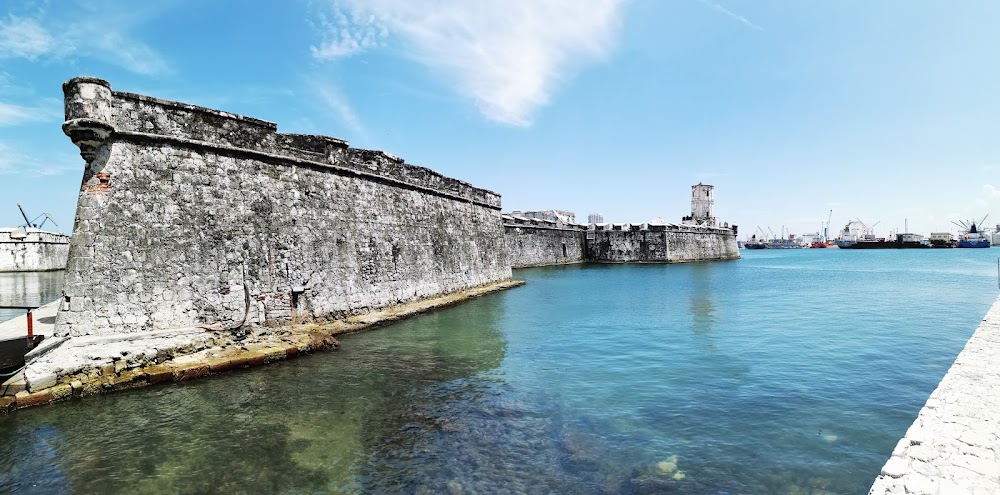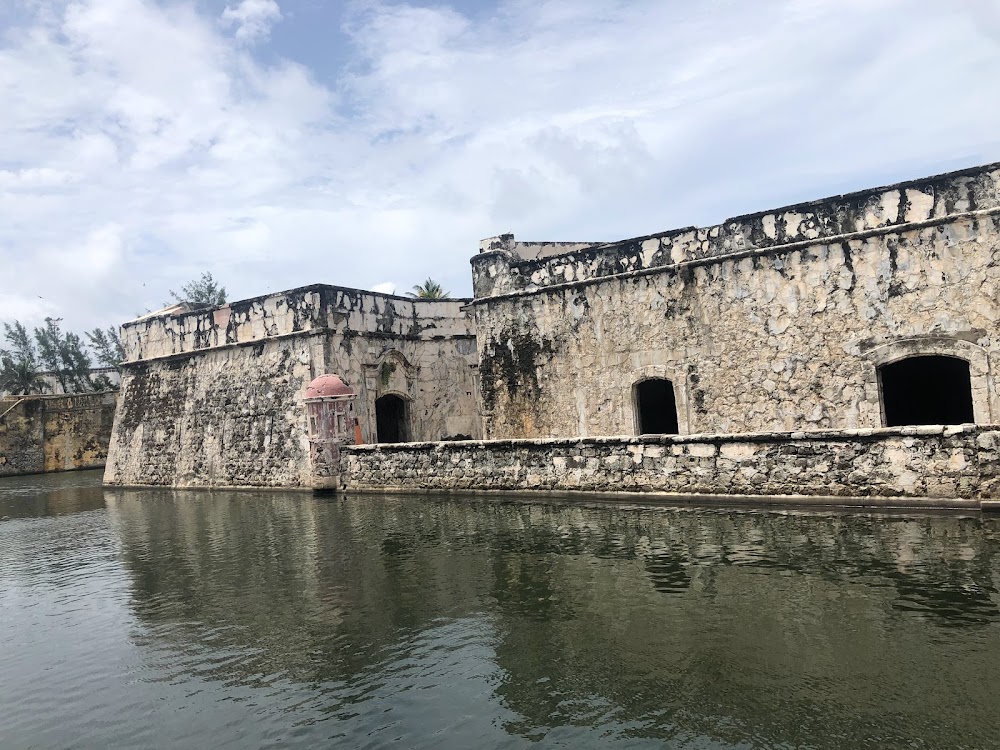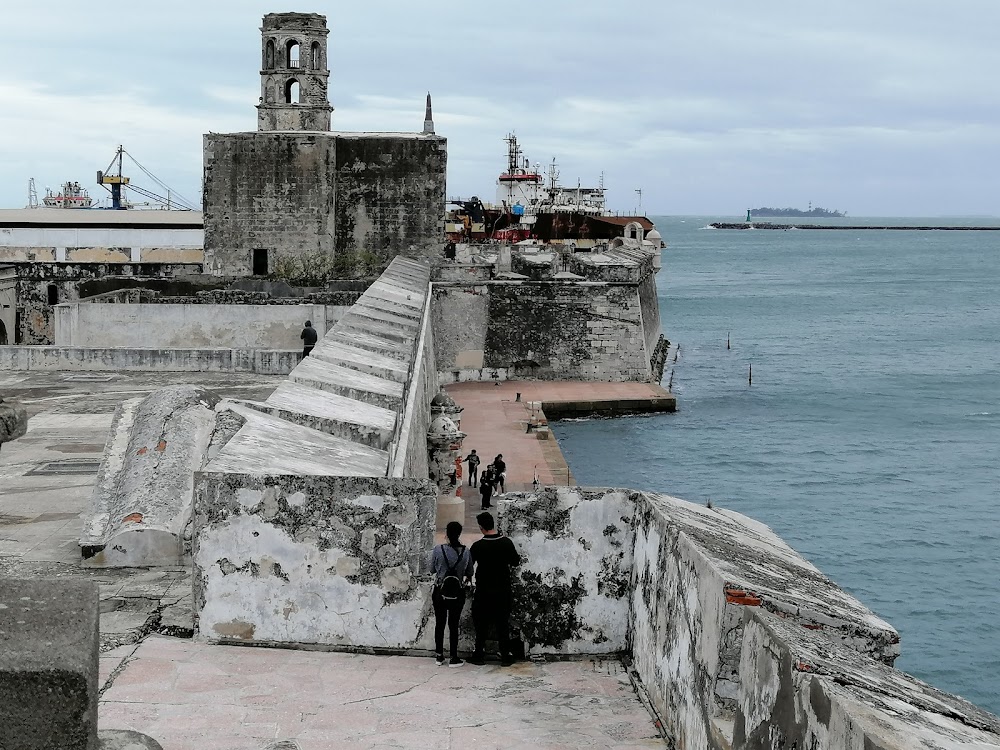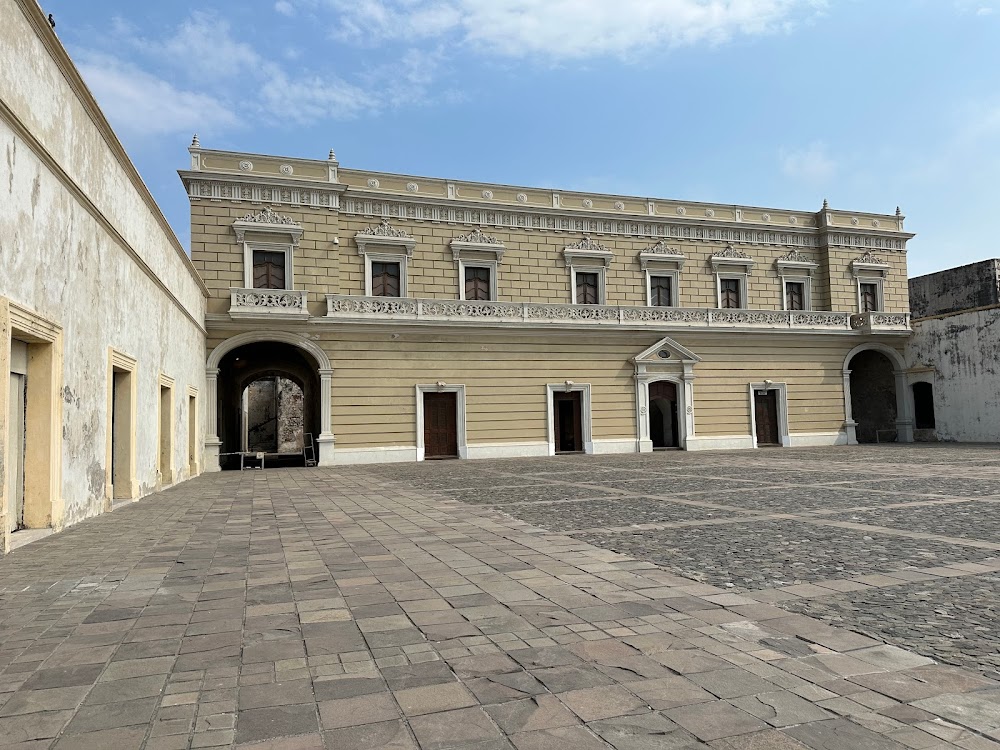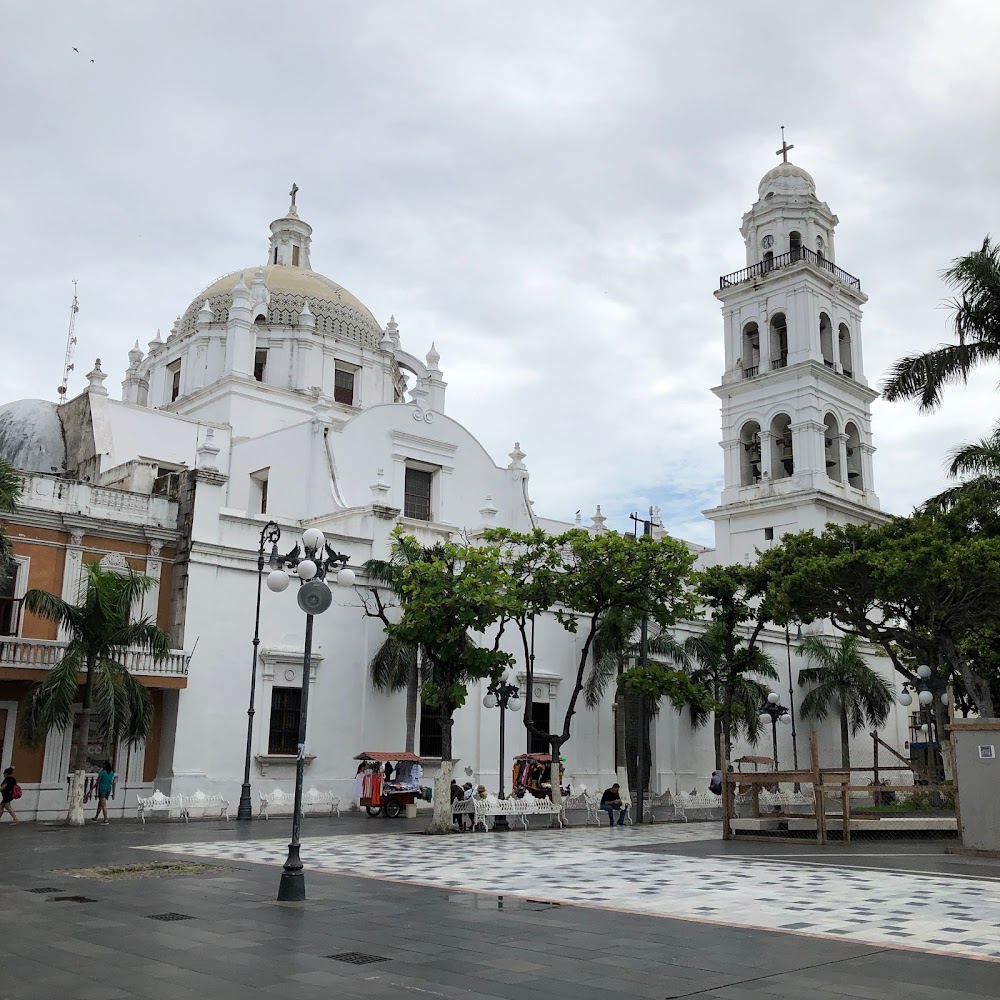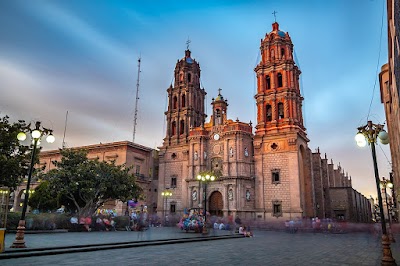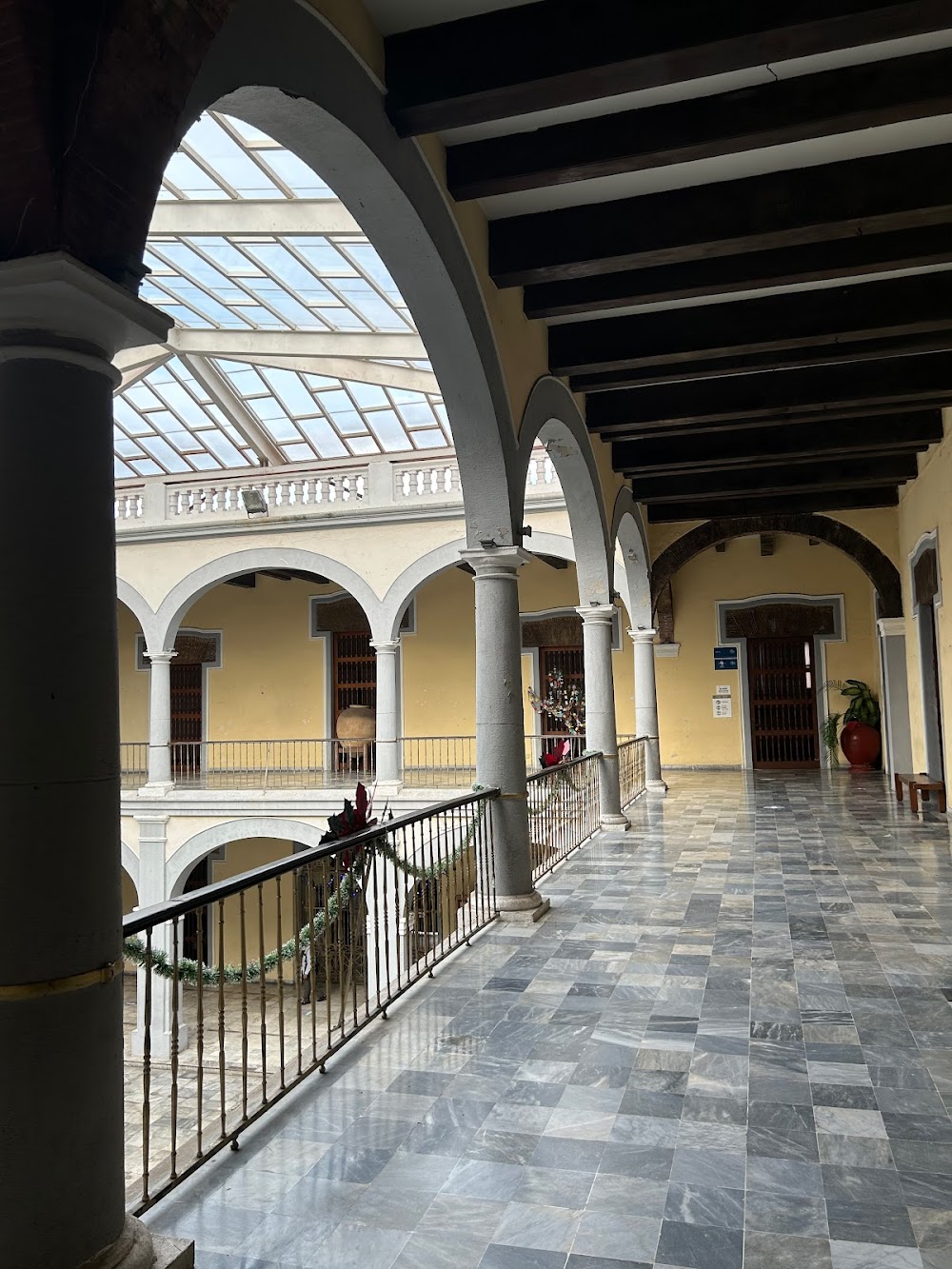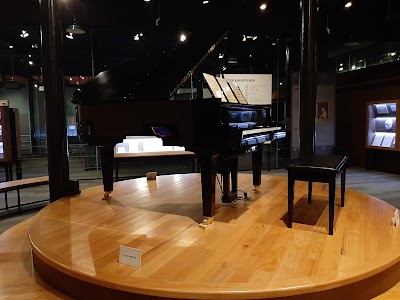San Juan de Ulúa Fortress (Fortaleza de San Juan de Ulúa)
Overview
San Juan de Ulúa, situated in the vibrant port city of Veracruz de Ignacio de la Llave, Mexico, is a historic fortress that narrates the epic tale of Spanish colonization in the Americas. This remarkable structure is a testament to the architectural ingenuity and strategic military planning of its era, captivating visitors with its storied past.
Construction and Purpose
The construction of San Juan de Ulúa began in 1565, commissioned by Viceroy Luis de Velasco. Originally intended to safeguard the crucial port of Veracruz—an essential entry point for Spanish treasure fleets transporting valuable goods—the fortress was strategically built on a small island just off the coast. This location provided a natural barrier against potential invaders and pirates eager to plunder the riches of the New World.
Building Materials and Labor
The fortress was primarily constructed using coral stone and limestone, both of which were abundant in the region. Indigenous laborers and enslaved Africans undertook the arduous task of building the fortress under challenging conditions. The coral stones were painstakingly extracted from the seabed, a dangerous endeavor, and were shaped and fitted together without mortar, demonstrating the advanced masonry skills of the builders.
Design and Features
San Juan de Ulúa was designed as a comprehensive defensive structure, boasting thick walls capable of withstanding cannon fire and several bastions equipped with artillery for both offensive and defensive maneuvers. Additionally, the fortress contained a series of underground tunnels and chambers for storing ammunition and provisions. Over the years, portions of the fortress were repurposed as a prison, housing many notable prisoners, including the esteemed Mexican President Benito Juárez.
Historical Significance
As time progressed, San Juan de Ulúa underwent expansions and modifications to adapt to evolving military technologies and necessities. In the 17th century, taller walls and more cannons were added. The fortress became a silent witness to numerous significant historical events—sieges, battles, and even natural disasters like hurricanes that required ongoing repairs and adaptations.
During the 19th century, San Juan de Ulúa played a pivotal role in Mexico's struggle for independence from Spain, being one of the last royalist strongholds to surrender to Mexican forces in 1825, well after the official end of the war in 1821. It also faced capture by American forces during the Mexican-American War (1846-1848) and served as a base of operations for French troops during the French intervention in Mexico in the 1860s.
Preservation and Cultural Heritage
By the turn of the 20th century, the fortress had lost much of its military relevance due to advancements in warfare technology. However, it continued to serve various administrative functions and as a prison. It wasn't until the mid-20th century that San Juan de Ulúa was recognized for its historical significance and preserved as a cultural heritage site.
Today, San Juan de Ulúa functions as a museum and stands as a symbol of the rich and tumultuous history of Veracruz and Mexico as a whole. Visitors can explore its towering walls, intricate underground tunnels, and former prison cells, all while learning about the fortress's role in pivotal historical events through engaging exhibits and guided tours.
San Juan de Ulúa remains one of Mexico's most significant historical landmarks, offering a profound connection to the past and educating future generations about the resilience and endurance of its builders and inhabitants.


